10 Physio-Approved Treatments for Triathletes


For those who enjoy the combination of cycling, running and swimming aka triathlon, it’s important to do pair preventative practices with your training. From Ironman 70.3 Chongming to many locally organized events, the next couple of months sees races on nearly every weekend.
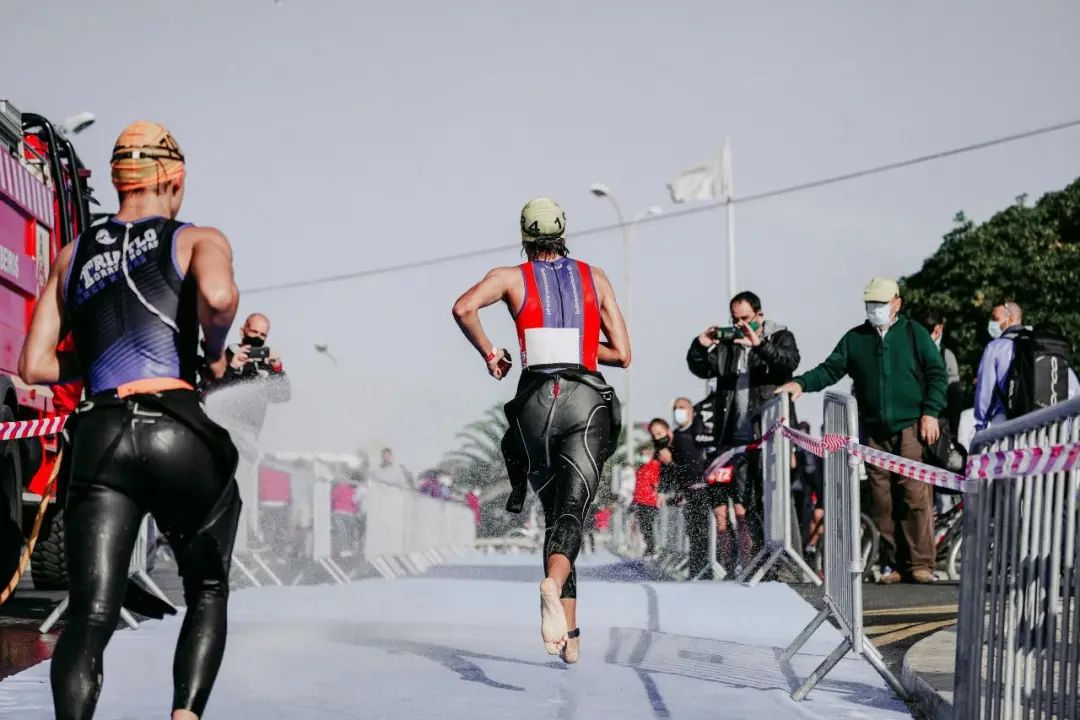
Triathletes push their bodies to the limit with the demands of swimming, cycling, and running into a singular, high-performance sport, which makes injury prevention critical – not just for performance but for longevity in the sport.

Here are 10 physio-approved ways to help you maximize your training performance and cross the finish line injury-free.
1.Biomechanical Assessments

Come into UP for a biomechanical assessment. Utilizing our FCS, FMS and YBT tests, we can look for imbalances in both your upper and lower body and help you focus on specific areas to strengthen and stabilize with curated exercises. [link to article] Poor mechanics in any of the three disciplines can lead to overuse injuries and early detection allows for corrections before an injury develops.
2.Functional Strength Training

A lack of endurance in key muscle groups like the glutes, hips, core, and rotator cuff can compromise performance and lead to injury. At UP, our signature Core Endurance Assessment or our Single Leg TRX Endurance will have you finding those weakness and with repeated efforts, improving in no time. Pairing your assessment scores with a targeted strength program that focuses on stability, especially single-leg and rotational movements, can help maintain joint alignment and overall strength.
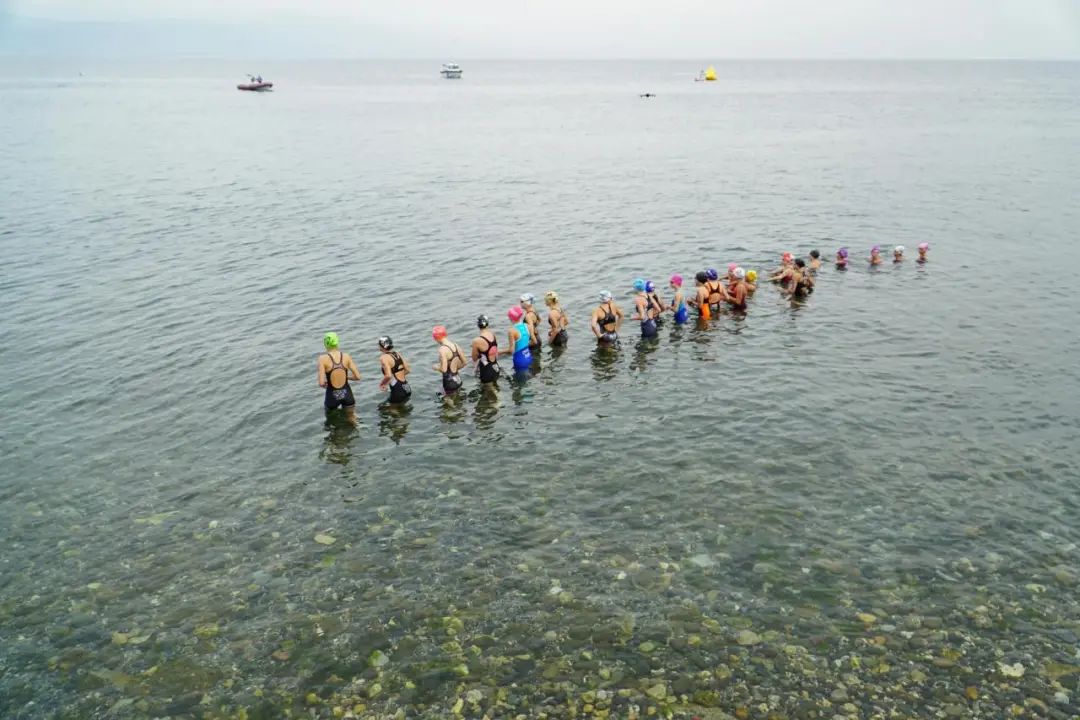
3.Mobility Work

The longer the distances you are doing, the more you might feel tightness in your body – especially in areas like the low back, hips, ankles, and shoulders. Tight muscles reduce range of motion and alter biomechanics. Daily mobility routines can prevent restrictions that often precede overuse injuries in triathletes.
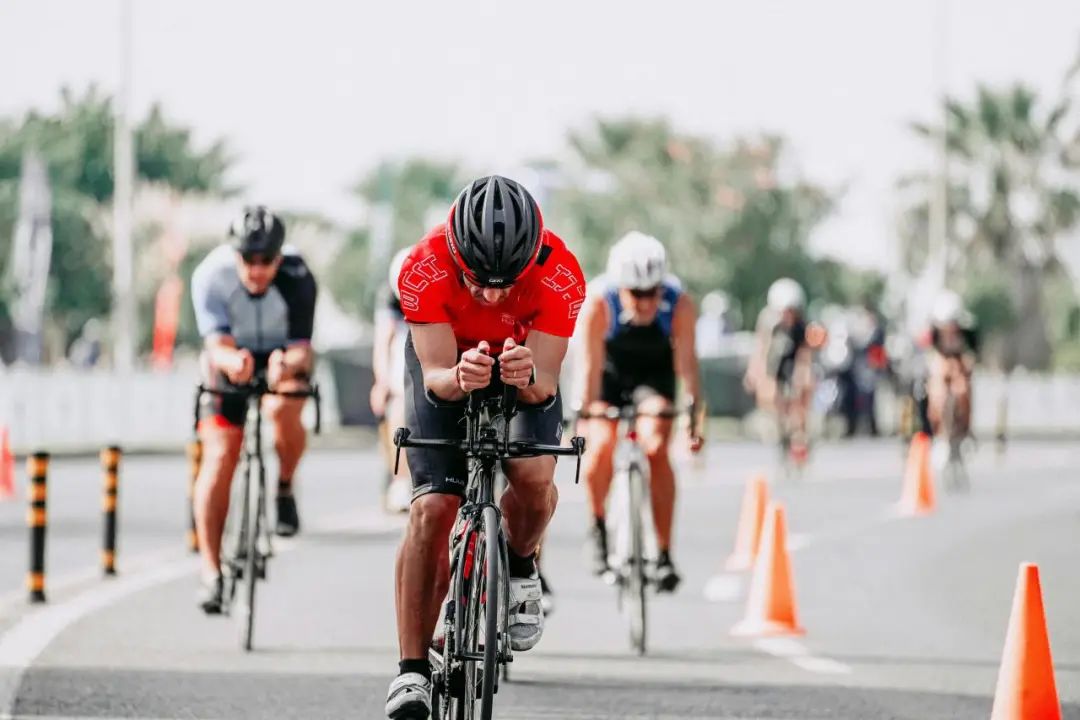
4.Manual Therapy

Hands-on techniques such as myofascial release, joint mobilizations, instrument-assisted soft tissue mobilization (IASTM) or ‘Gua Sha’, myofascial decompression (MFD), and soft tissue massage can address adhesions and improve tissue quality. This is important both as a preventative treatment, as well as if you are feeling any niggles start to creep in, and don’t want to halt your training routine. Regular manual therapy keeps muscles and fascia pliable and responsive to training demands.
5.Running Gait Analysis🏃♀️

Utilizing our Alter-G machine (anti-gravity treadmill), our PTs can offer a gait analysis to identify improper running mechanics, such as overstriding or hip drop, which may contribute to injuries like IT band syndrome or shin splints. Adjusting running form early can prevent these common issues.
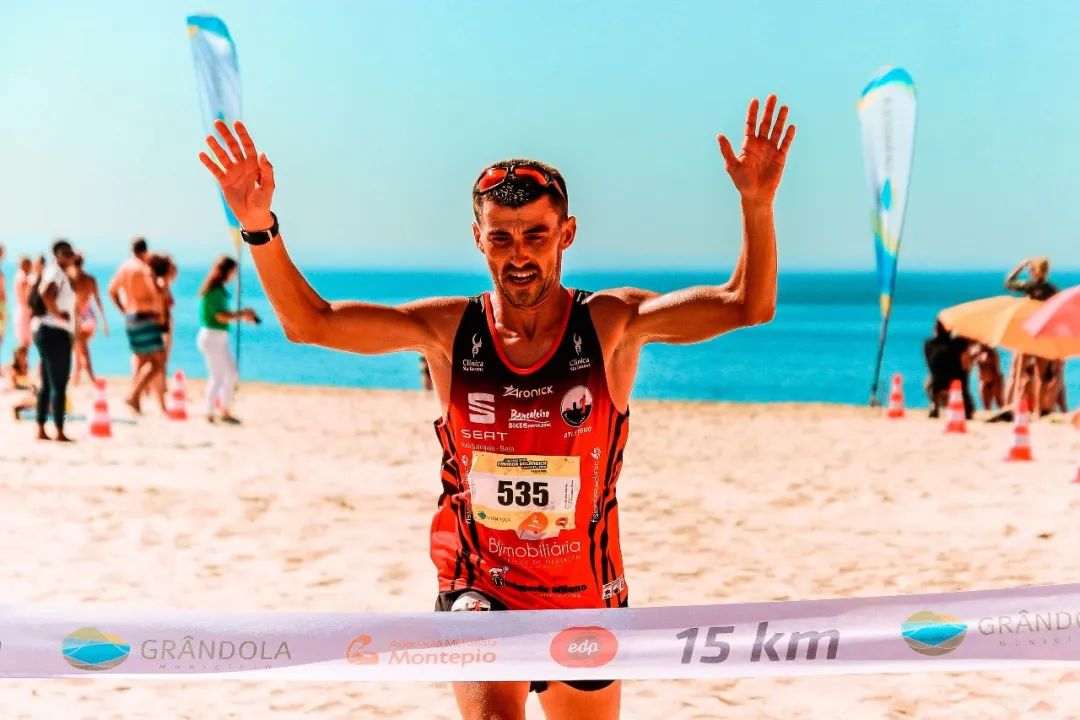
6.Swim Stroke Evaluation🏊♀️

If you are training with a swim coach or can record your own video analysis while swimming, our PTs can receive this feedback to check for improper swim mechanics that could lead to shoulder impingement and rotator cuff strain. If there are weaker areas or pain points, our PTs can prescribe exercises both in and out of the water to help you become more efficient and move well.
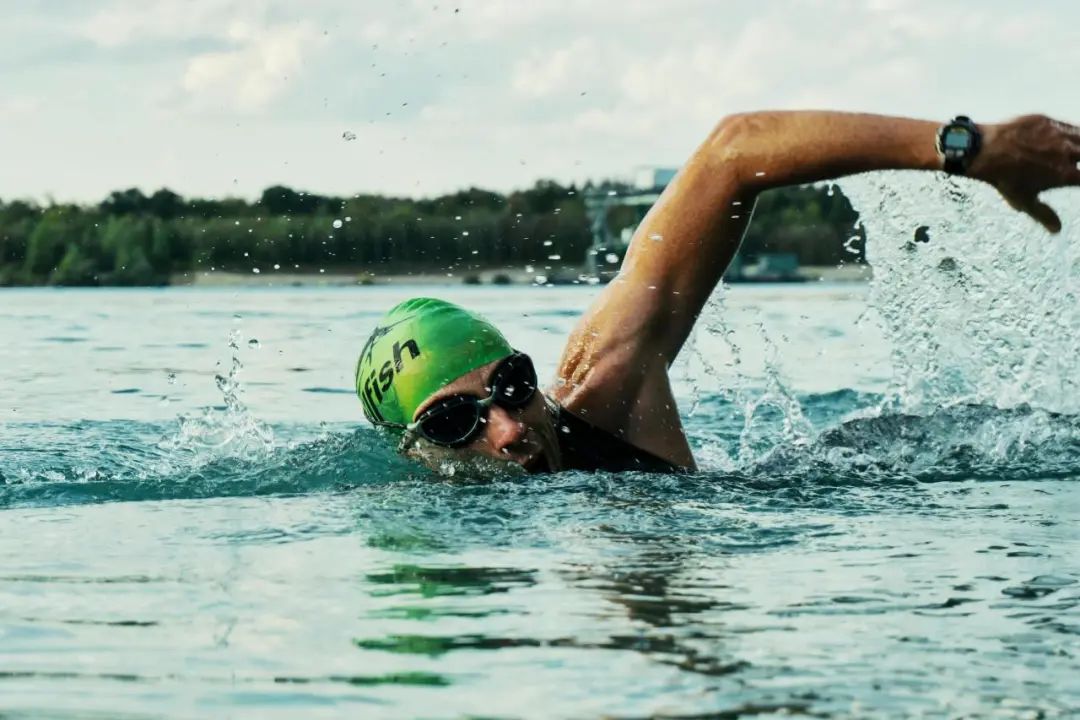
7.Bike Fit and Ergonomics🚲

Similar to a swim stroke evaluation, a poorly adjusted bike setup can cause neck pain, lower back strain, or knee issues. If you work with someone who can give you a proper bike fit, stare these reports with your PT to help with additional corrections and support.
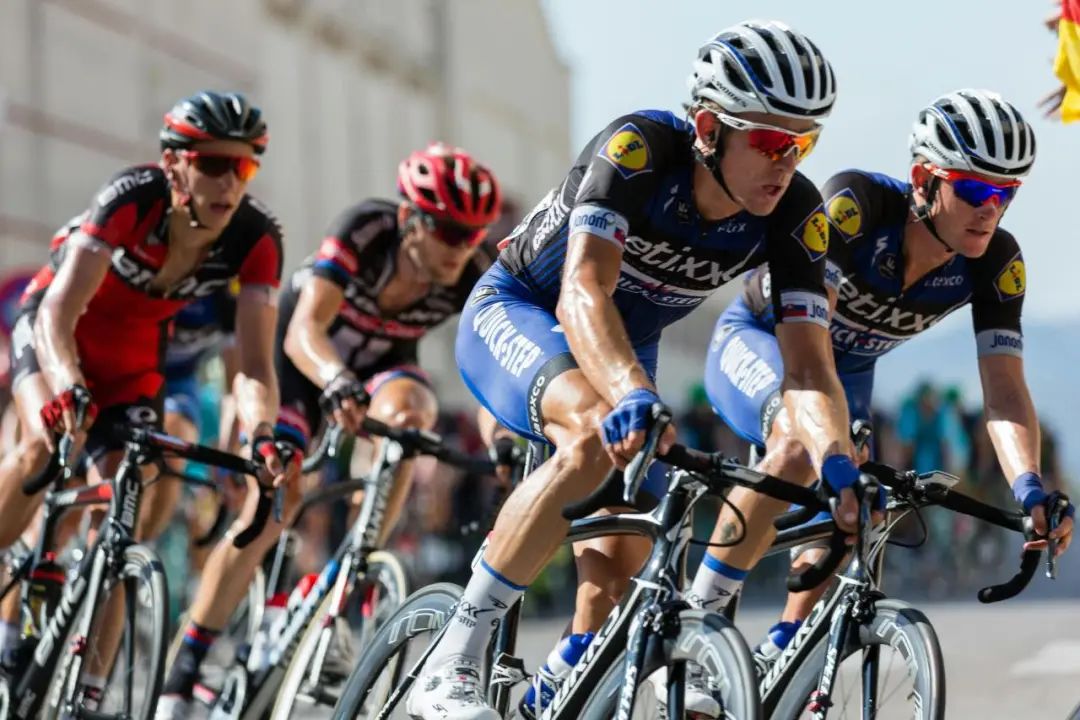
8.Balance, Agility and Plyometrics

Improving proprioception and neuromuscular control can help establish optimal movement patterns, or re-establish these movement patterns if after injury. Balance exercises, agility drills, and plyometrics are tools used to enhance motor control and prevent re-injury.
9.Recovery

Recovery techniques like guided stretching, foam rolling, gravity boots, myofascial release and dry needling (when appropriate) are integral to preventing overload. A PT can guide athletes on how and when to use these modalities so as not to effect your training, but also manage your load appropriately.
10.Education and Load Management

One of the the most overlooked preventative strategies for any kind of training is education. Our PTs can help you understand how to balance training intensity and volume with recovery. They can also teach signs of early overtraining or injury and how to respond appropriately.
Triathletes can be prone to cumulative stress injuries due to the high training volume across three disciplines. Integrating preventative physical therapy into a regular training routine not only enhances performance but also significantly reduces the risk of injury. Come into UP where our PTs can support you to accomplish your goal and train at peak performance.
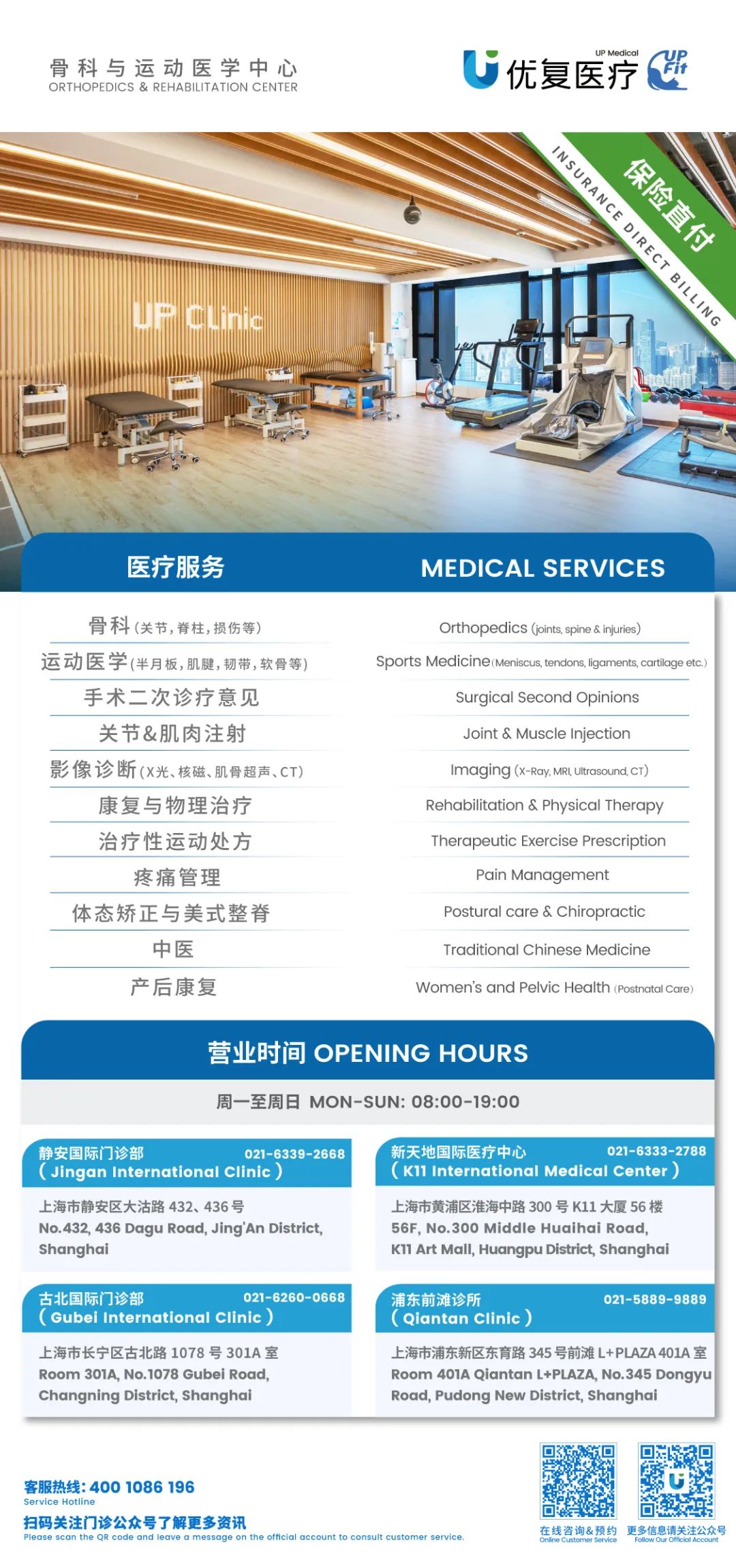
本篇文章来源于微信公众号: 上海优复康复医学门诊部

